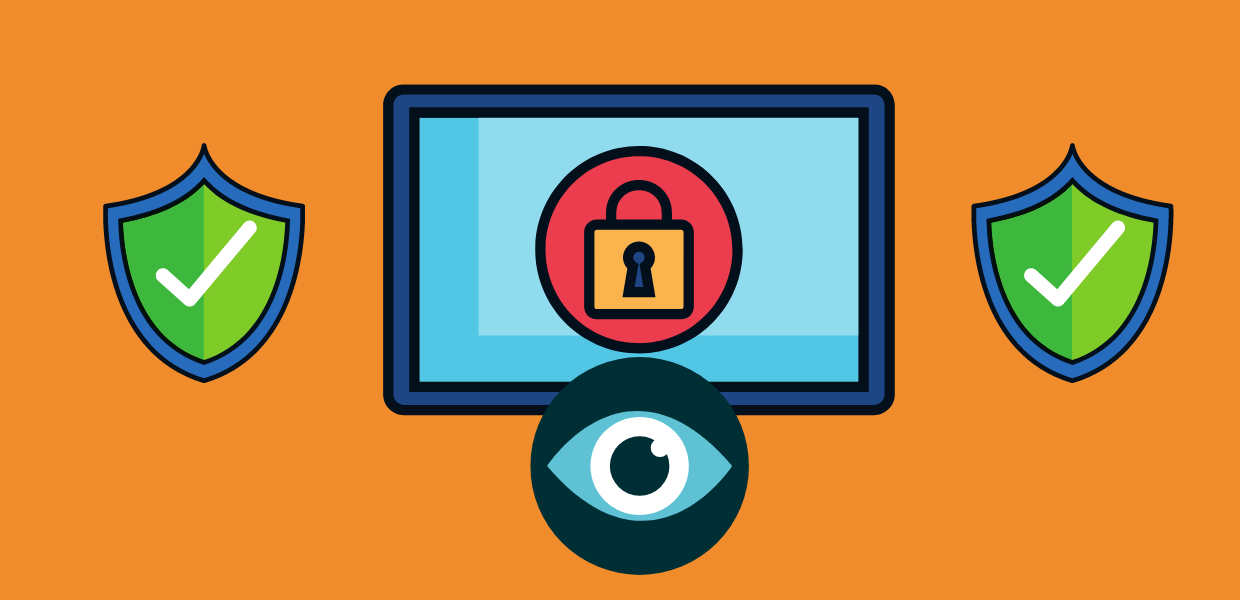



Tor (short for Onion Routing Project) is an open-source privacy network that allows users to browse the internet anonymously. Tor is a global computer network that uses private, encrypted protocols to safeguard users' online privacy. Tor users' digital data and conversations are protected using a layered strategy similar to the onion's nested layers.
Tor was created and is still used exclusively by the US Navy to safeguard sensitive government communications. Tor's source code was later made available to the public as an open-source platform, which means that anybody can use it. The Tor network is developed and expanded by volunteer developers.
The Tor network is also important for boosting cryptocurrency privacy. Bitcoin core nodes can send traffic across an encrypted privacy network, which hides the node's IP addresses and hides the node's location. According to Bitnodes, a website that tracks Bitcoin network nodes, the Tor network is used by more than 51% of nodes. The Tor Project began accepting bitcoin donations in 2013, and by 2019, it had expanded to take nine additional cryptocurrencies.
For data transmission, Tor employs an onion-style routing mechanism. The Tor network does not directly connect your computer to a website when you use the Tor browser to digitally communicate or visit it. Instead, Tor intercepts your browser traffic and bounces it to a random number of other Tor users' machines before passing it on to its final website destination.
To let the destination website interact with you, the Tor user, the same process is reversed. The Tor software's encryption method hides users' identities, requests, communications, and transactions while still allowing them to access the Internet regularly.
As it turns out, the packets you send across the Tor network have layers, just like onions (or lovable green ogres). To create the first layer, you encrypt your message. You then add another layer to this wrapped message, this time encrypting it with a different key. You repeat the process a third time (this time with a different key), and you end up with something that resembles a cryptographic onion in structure.
To get to the center of our onion, someone would have to be able to decrypt all three layers. For our objectives, we make certain that no single person is capable of doing so. In the network, we choose three peers (call them Alice, Bob, and Carol). We employ three keys, but each peer is only allowed to know one of them.
Before reaching its destination, the message will be routed to Alice, then Bob, and lastly Carol, who serves as the exit node.
Despite the fact that Tor is most recognized for its illegal applications, many Internet users have legitimate reasons for using it.
Let's look at who uses Tor and why they do so:
The most attention for Tor comes from sites like Silk Road, a Tor-hosted underground bazaar infamous for aiding illegal drug trades. However, many Tor users have valid reasons for wishing to access the web in anonymity, especially in this age of rising cybercrime.
Final Thoughts:
In the digital privacy landscape, Tor – and onion routing in general – are essential components. Although ultimate anonymity online is nearly hard to achieve, users can enjoy a browsing experience free of prying eyes with a simple download. These types of technologies are essential for avoiding censorship and safeguarding your fundamental right to privacy.